Bosnia and Herzegovina: Mostar and Sarajevo
- KB Cook

- 1 day ago
- 12 min read
[Continuing on from my departure from Split in Croatia:]
After passing through a 4248m tunnel, the weather changed from sunny to rain. One more short tunnel and we arrived at the border crossing, where we all had to debark, queue and individually get processed out of Croatia (the EU, the Schengen Zone.) Back on the bus, we moved about 100m and the driver collected our passports, brought them to the Bosnia and Herzegovina Border guard, where they were scanned and returned. The elapsed time was about 45 minutes. After riding another 10-15 minutes, we stopped and got out again, this time to retrieve our gear and transfer to a second bus.
As we approached Mostar, the passengers slowly began debarking in ones and twos. At the bus terminus, only about 6-8 of us remained. After collecting my luggage, I checked my phone and one wasn’t getting service. Fortunately, I’d plotted the route to the Guest House Mostar ahead of crossing the border, so I was able to proceed. A fellow passenger, an Australian guy from Perth, had no reception, so I used my working phone to bring up directions, and he snapped photos of the map and detailed directions. We walked together for a bit, before I turned right towards the hotel.
My room was in back, on the ground floor. Cool, the bed was hard, and the shared bathroom was outside my door. Hungry, nothing was open after 10pm, and it was maybe 15-20 minutes past that. I found a partial chocolate bar and had some, and then went to sleep.
Day 37 Mostar
Up at 8:15, I was soon out, walking south parallel to the Neretva River and into the Old Town. My 9:30 free walking tour: Explore the Past, Understand our Present met at the Hamam Museum, which Google Maps led a very difficult routing to. After circling the area several times, I approached a woman who looked to be gathering folks for a tour, determining that I was finally in the right place. Sheva had us introduce ourselves: a solo Canadian male, couples from Australia, Egypt, and a pair of younger women, one from Germany, the other from Poland.
After explaining the Hamam Museum had been functioning until COVID, becoming a museum afterwards, the eight of us followed Sheva to near several mosques. At each stop, in what felt like a lecture, she shared recent history of the war following the breakup of Yugoslavia. Ethnic and religious divides had resulted in atrocities, which her focus emphasized the plight of Muslims. (Croatia is primarily Catholic, Bosnia and Herzegovina Muslim, and Serbia Orthodox Christian. Tito’s Socialist Republic had been based in Serbia, and Croatia had been first to declare independence. Fighting over turf led to numerous incidences of genocide.)
As we moved through the narrow twisting streets, we got closer to the “Old Bridge”, the bottleneck of tourist flow. After another talk at the west side, we climbed the blockstone-paved replacement. Led into a shop where an older man was slowly hammering a sheet of copper, making items for sale, Sheva explained the old art and the fact that this was a dying skill. Continuing, at each passing of a cemetery, we heard more about the senseless deaths of these war dead. As we ended near one of the larger burial plots, I looked out over the town, noting that the minarets looked like ivory knitting needles, seemingly everywhere.
My research brought me to begin my search for three churches. Set up high on the hill to the east was the Orthodox Cathedral of the Holy Trinity / Саборна Црква Свете Тројице / Saborna Crkva Svete Trojice.

Under construction, the gleaming white exterior is encased in scaffolding, topped by five lantern domes crowned with gold crosses. A large, tall belltower is northwest of the entrance. That Monday at midday there was no evidence that active work was being done. No staff or security was seen. Unconsecrated, the interior walls remain plastered over in white, with only two icons placed on either side of the rear apse, and photographs displayed to show artist’s renderings of the future.
A cordon acted as the iconostasis, baring entry into what will be the sanctuary. Airy and bright, I noted a staircase and decided to see what I could find. Over the entry was a gallery, where the view of the space proved how massive the building was. Another wooden staircase led to a closed door, so I didn’t mount, especially since it lacked railings.
Up the hill behind the cathedral was a small Orthodox church/chapel, the Old Church of the Birth of the Holy Mother of God. Three bells, with cords dropping down the front to behind the open doors, topped the simple church. Entering, steps led to the main floor, with side steps leading to galleries. A dark-wood iconostasis guarded the sanctuary. Simple, it felt holy.
Attempting to descend the hill to get a view of the cathedral from the north, I was blocked by a steep cliff-like grade, so I headed back the way I’d come. A great vista, I had the whole of the valley before me. Pursuing the other two churches on my list, I had to cross the river on the Old Bridge, and heading towards the tall, cross-topped spire. It proved to be the Franciscan Church of Mostar (Franjevačka Crkva u Mostaru), where excavations in the late 1960’s had found evidence of an early Christian Basilica (IV-VI century), which, per the marker, might have been the seat of the Diocese of Sarsenterum. Not sure it counts – more research.
Having not had breakfast, about 2pm I decided to find a place, hopefully Bosnian/Herzegovinian to eat lunch. Not much in the way of options as I walked down the street, I did find an open café. Schumann even had an English menu, but not much ethnic food offerings. I settled for rigatoni al’pesto and a glass of house red. Soon I was leaving the corner and heading on.
Once I crossed to R242 roadway on the west of the town, I approached the Cathedral of Mary, Mother of the Church / Катедрала Марије Краљице Неба и Мајке Цркве. Built in the late 1970’s, it has a substantial footprint under a metal roof.

Facing northeast onto a large plaza, the separate 6-story belltower is due north. Entry via doors into the nave is by a flight of stairs from the plaza. A lower-level hosts afterschool lessons and meeting rooms. The doors were locked, so I did my usual wander around and found an open door. Not finding anyone to ask, I headed upstairs and began my exploration of the church. The peaked roof is lined with a redwood on the interior, with that wood being used for the pews and walls as well. The raised presbytery is a red enamel floor, highlighting the white baptismal font and the altar table on it.
Behind the altar a white paneled wall fronts the organ pipes, with the cathedra and 10 more seats backing onto it and up three steps. Lighting comes from slits of windows around the outer walls, plus a stained-glass panel running the length and width of the vault, forming a cross. This called to mind the Catholic Cathedral in San Francisco and its stained-glass cross. As I was getting close to finishing, a gentleman approached me to ask that I leave, as the church wasn’t open. The door had been open for the students he was coaching, and should have been locked. I thanked him and left the building. Sitting out in the park under some trees, I did more research, finding out that the old cathedral which was on my list had been where the present cathedral now stands.
Heading back, I took an alternate route (and alternate bridge) so that I could avoid the tourist confab. I found it interesting, as I was able to look at local architecture and the parks before crossing the river.
One of the more intriguing buildings was covered in panels with bas relief figures presumably telling a story like hieroglyphics. It turned out to be the Razvitak shopping mall, now closed. After backing up my photos, I took a nap.
With no notes on dinner, I apparently went to a place back towards the old town called Saray. Looking for something local, I ordered cevapi in the Sarajevo style. Ground meat, well-seasoned, and grilled, served with frites and chopped raw onions, chopped lettuce and flatbread, along with a house salad, I was ready to enjoy. And enjoy I did. A typical Slavic meal, the hot meat was juicy, rich in flavors and the combination with the onions and lettuce on the bread was wonderful. I had a new go-to meal!
Day 38 Sarajevo 1
Despite a bus departure time of 10, I was up early and ready to check-out before 9. I hadn’t prepaid, so my expectation of only the usual city tax created a stutter. In any case, I thought I’d be heading back to where we’d been dropped two nights earlier, but I had a different destination. I still got their early, and tried to figure out the process. I learned that one needed to check in, which I did. The bus arrived, we loaded up, and departed on time for Sarajevo.
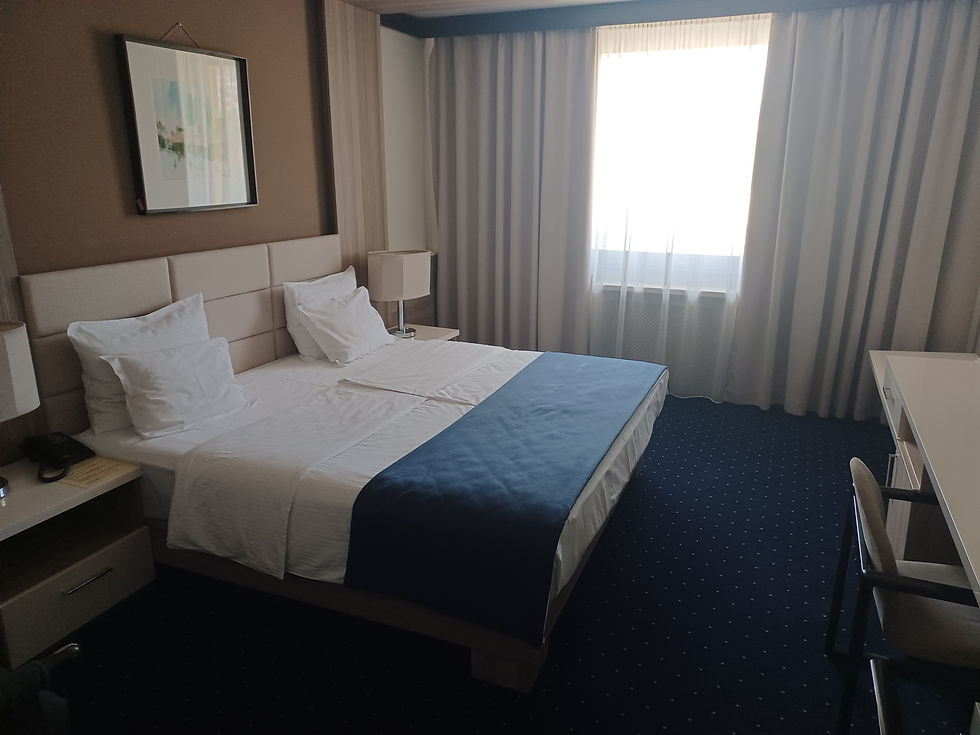
A beautiful ride, the roads were smooth, the scenery gorgeous, the day brilliantly full of sunshine. We followed the river which eventually led to a lake with a stunning green hue. Two and a half hours later, we pulled into the depot in the capitol. My notes said just over a kilometer to the hotel, but I found shortcuts through a park and parking lot, and got there more quickly. The Hotel Holiday was ready for me. Room 810 had a king bed, a great view, mini-frig and room safe, which I used. It was interesting to learn that this had been the hotel used by journalists covering the conflicts of the late ‘90’s.
While a Muslim country, there were still Christian cathedrals in the city. With two on my list, I began my hike through the more commercial part of town to the older, touristy sector. Just after 2 I found the Orthodox cathedral, which was locked. While I got my outside shots, I’d hoped that I might return and be granted admittance. A few blocks away was the Sacred Heart Cathedral. A twin-spired stone building occupying a full block, the plaza in front had market umbrellas for the cafés that were serving a busy crowd. A single entry was at the top of 6 steps. To the steps right was a modernist brushed chrome stature of St John Paul II.

The slight pink of the exterior stone was carried forward into the nave and apse, with dark rose and old ivory stripes on the arches, proscenium and sanctuary walls. Similarly, diamond patterns with a dark center covered the floor. Appreciation for its eclectic neo-gothic interior was limited – only the narthex was open, and the glass windows were not conducive to photography.
Needing a bite, I popped into a coffee shop and got an espresso and a piece of baklava. My java is usually with milk, but not in those small cups.
Back out on the streets, I began passing mosques and their minarets. From the mid sixteenth century, the Ferhadija Mosque looked well kept, as was the adjoining cemetery. Midafternoon prayers were underway, so infidels like me couldn’t enter.
With the pleasant weather, folks were out walking, some doing their shopping. Window-shopping, I continued to stroll the tourist district. A stop in a mall yielded me two t-shirts. I passed the ruins of a caravanserais, pausing to read the information posted.
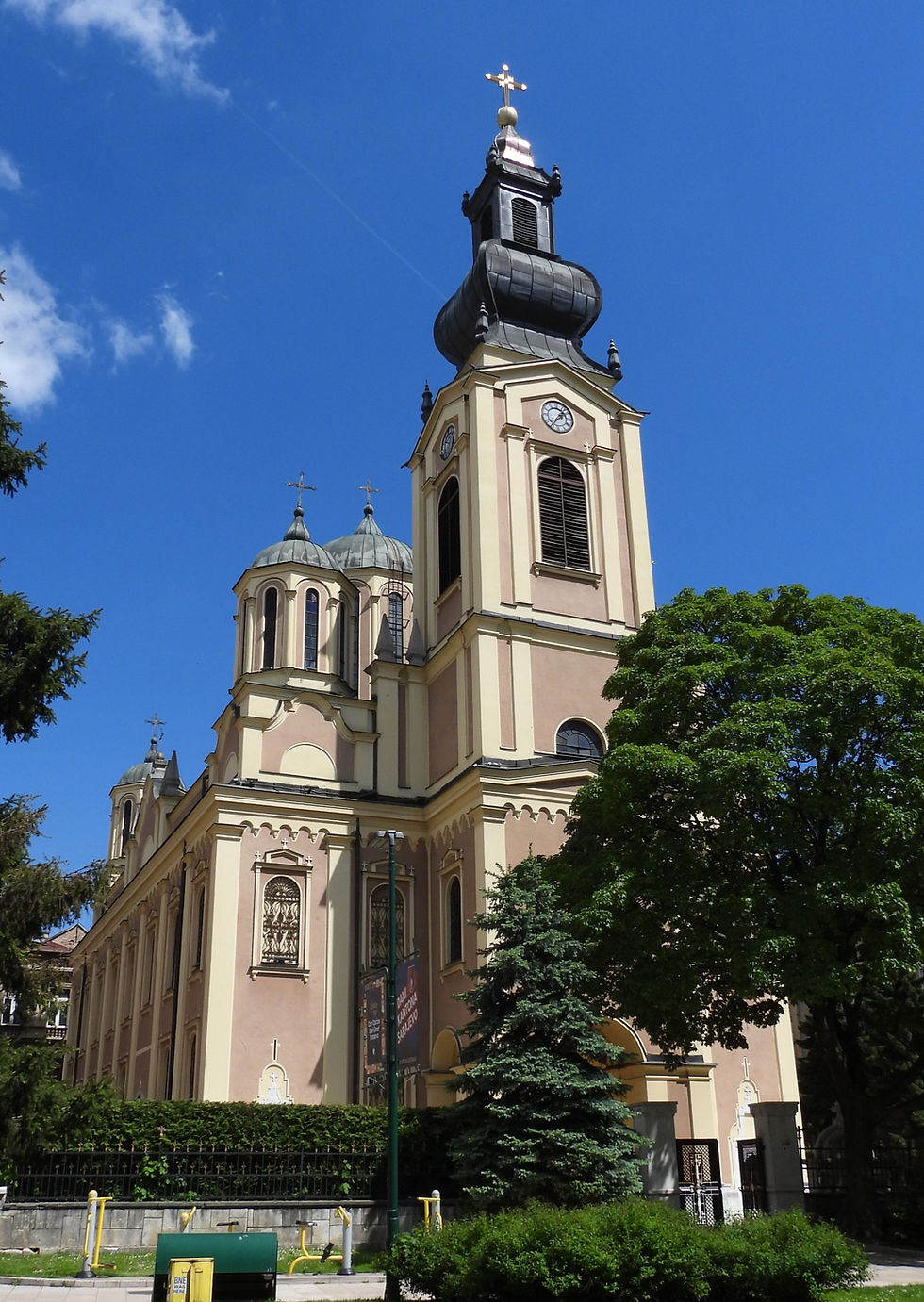
My wanderings eventually took me back to the Nativity of the Theotokos Cathedral, the orthodox cathedral which had been closed. The door was open, and I stuck my camera in to get a quick picture as the priest pushed me out and locked the door.
Coming back through the more business district, I enjoyed looking at the ornamentation on the buildings. The occasional street mural on a building caught my eye.
As I approached the hotel, I noticed a supermarket. Curious, I wandered in, feeling like I was in a Whole Foods. The wall of gourmet chocolate bars shouted to me, and I picked up a handful, as well as some salty nibbles. Then back to the room to do a bit of unpacking and reorganization. As the day was approaching the golden hour, I caught a shot of the radio tower office building out my window.
Leaving the hotel about 7 to find dinner, most of the suggestions from Google Maps were closed, many also no longer in business. I wound up dining at Regina, which was in back of my hotel, on the route I’d taken from the bus depot. Ordering pasta with salmon, it came with asparagus and tomatoes, rich and tasty. House wine was fair, and I noted that the meal would have been improved with the addition of some bread. The restaurant is open-air, but smoking was not permitted, so that hassle was avoided. No English menu, but the maître d’ is multilingual. They offered an after-dinner aperitif, a Herzegovina liqueur that is 42% alcohol, and flavored with basil, anise and herbs. Quite nice.
Back to the room, the first camera battery had charged, and I started the second, as well as the phones. I read for a bit, but with a long day planned while touring, I hit the hay by 10.
Day 39 Sarajevo 2
Super hard mattress made sleeping difficult. The bathroom door was awkwardly placed, and a motion detector in there went off each time I got up to pee. Good hot water and pressure. Quiet hotel. Breakfast, which was included, was fair, as the eggs, sausage, cheese were all cold.
My GetYourGuide guide Adis had texted me the night before, confirming a pickup at 8:30, so I was out on the front stoop. The From Sarajevo: Vranduk, Srebrenik and Tesanj Castles Tour was limited to 3 participants, so after I got in the car, we headed to the other pickups. The other two: Richard from London (left his wife at the hotel) and Carol from Chicago (retired travel agent arranging safaris).
Traveling through stunning countryside, we got to Vranduk about 10. The fortress is on a rise, in an oxbow of the Bosna River. We walked around the fortifications, taking in the dioramas and exhibits, both inside and out. Once outside, Adis pulled out his drone, and began making videos. It was a great day for photography. (85 pictures in Vranduk alone.)
After about an hour we climbed back into the car and headed to Tešanj. About 80 minutes later we were slipping through the small town on our way to the top of the hill and the castle. Considered impregnable, it sits on a rise 50m above the Tešanjka River which now seems a stream.
Tešanj, while having been abandoned about 150 years, was in remarkably excellent condition. Its museum was filled with examples of coinage and armaments, well displayed. Placards in Slavic, with English, German and Turkish translations, traced the stages of the castle’s history. A separate section covers the developments in Bosnia from the Stone Age through the Roman conquest. Fascinating stop.
Leaving about 2, we made a break for lunch at a local café. Cevapi, this time served between two slabs of flat bread, proved to be just what I needed. The accompanying red wine was a bit sweeter than my preference.
The trip to Srebrenik took about 2 hours. Between that leg and the return, I made 16 10-second videos as we drove along, and I have no explanation as to why. The castle is on an outcropping, reached by a bridge after a descent down a steep slope. Adis and I went as far as the lookout, and he got the drone up again. The gates had closed about a half hour before we arrived, but Adis assured us that there really wasn’t anything to see inside – the rooms were all mostly empty.
We stopped at the café near the top of the hill for a restroom break and a lemonade. Leaving after 5, the ride back was beautiful, but took two-and-a-half to three hours. Dropped in reverse order, I was last out, and after dropping my gear, grabbing my journal, I headed out to find dinner. Again, not much luck finding anything open at night in this more business district (I probably should have returned to Regina), but I wound up in the Marriott at their ground floor restaurant. Sitting way in the back, I had falafel, gnocchi with pesto and chicken along with a draft beer.
My bus in the morning was at 11, but out of the East Bus Terminal, which would involve a taxi. I put off packing, I charged the phone and a battery, read for a bit and relax before going to sleep.
Day 40 to Belgrade
Not finished packing, I went downstairs for breakfast, getting eggs, a sweet mini-croissant, juice, coffee: all bland and cool. Back to the room, I finished packing (I thought) and began the odyssey to Serbia. From the Hotel Holiday, I got into a taxi which took me East Bus Station, arriving about 10:20 with 40 minutes to wait. Then I realized I had left my currency wallet in the safe. I called the hotel to explain. They advised to call back in 10 minutes. When I called back, they confirmed they had it, but by that time there wasn’t time to get a taxi, return, collect, and return to the station. And no one there would bring it to me. I tried calling Fedex to have it collected and couriered, but the first time, no answer; the second the recording was in Slovak.
So at 11 I boarded the bus. With 25 seats, one side was paired, 5 seats across the back, and single seats on the right side where I got a seat. Most of the time, there were 2-3 more standing in the aisle as we rode through lovely countryside.

You can purchase your own copy
(or have me send it as a gift) of
Cathedrals to the Glory of God
by clicking this link:
Volume II has been released

You can order your personal copy
(Print on Demand)
Cathedrals to the Glory of God
Volume II
by clicking this link:


































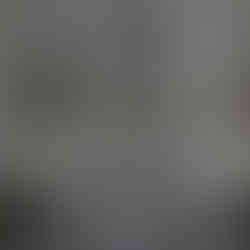














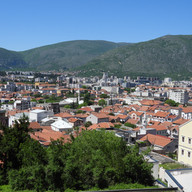
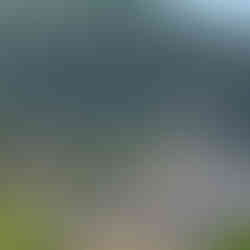



















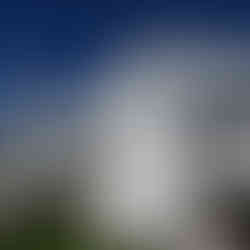




























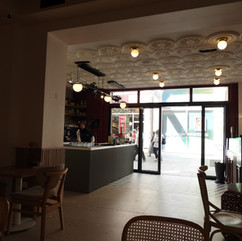


























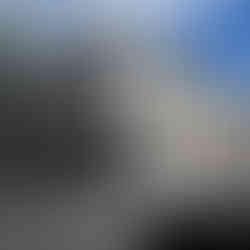







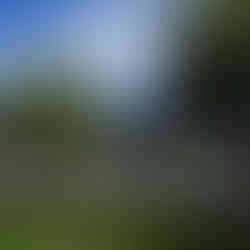














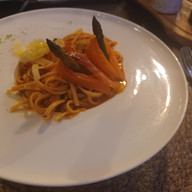





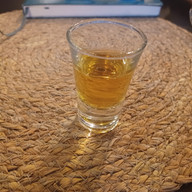

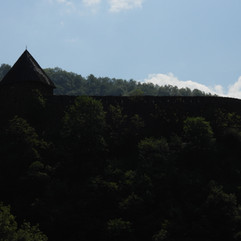























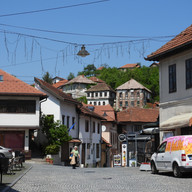
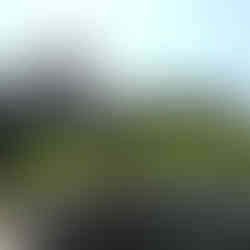





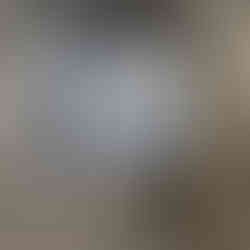
















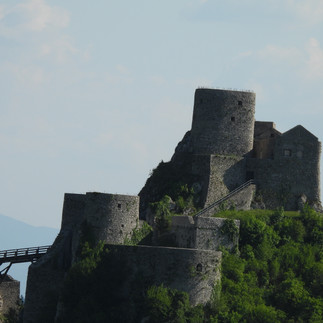
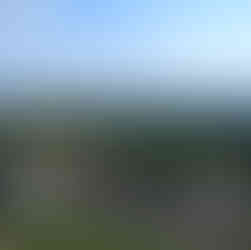














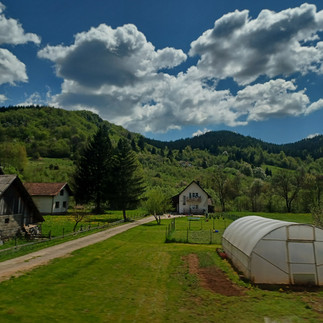
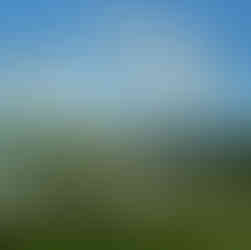






Comments